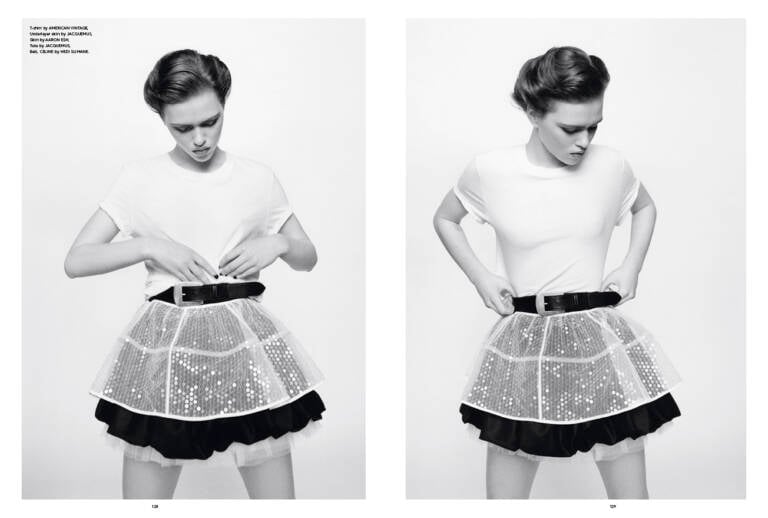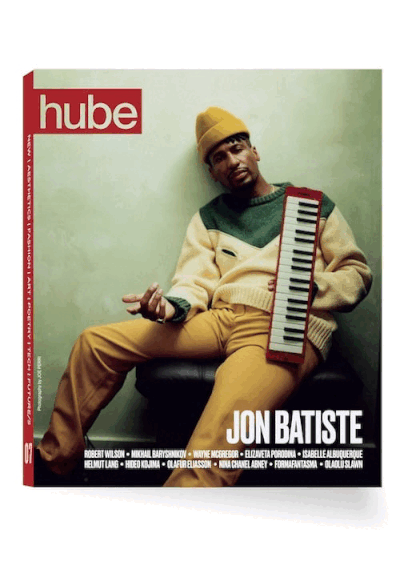For Michael Harding, it all started with hair—the kind of haircuts that looked like they’d been ripped from a punk zine, carved with clippers in a bathroom, skater-freak, lo-res, anti-fashion hair. That sense of refusal, of look wrong in order to feel right, has carried through into his work as the co-founder of Altered States, the magazine where the “r” in Altered is flipped backwards. Alongside stylist Hannah Elwell, Harding built a publication that treats fashion and beauty not as surfaces to polish but as cultural languages.
Rather than following traditional glossy formats, Altered States embraces nuance: a soft, real quality that lingers on archival fragments. Harding’s approach feels both historic and immediate, tapping into the nostalgia of skating in the ’90s while staying keyed into today’s fractured media landscape.
In this conversation, our editor-in-chief speaks with Harding about the thrill of going to print in an increasingly digital world, the beauty of outsider communities, and what it means to expand the role of a magazine when publishing itself is in flux.
Sasha Kovaleva: What first drew you to the world of experimental culture and alternative media, and can you recall a formative moment that set you on this path?
Michael Harding: It was during my early teenage years when I discovered anime books and films. I loved the punk attitude of the characters and the contemporary fashion styles depicted, and it resonated with me, especially the hairstyles. Through that initial discovery I began to explore real life subculture communities with similarities documented in books by photographers. I loved how fleeting and insightful the moments captured were along with how the fashion and beauty were driving the narrative for those images. In fashion, as a community, we try to understand the narrative of these works and pay homage, but it’s very difficult to emulate their cultural significance and message.
SK: Which thinkers, artists, or cultural movements had the strongest influence on your early worldview, and in what ways do you still feel their presence in your work today?
MH: I began skateboarding during a time when it wasn’t socially accepted; we were considered outcasts for the type of haircuts and clothing we wore. The scene was filled with creative anarchy that only made sense to those that were truly part of the community. I felt drawn to photographers like Larry Clark and Ed Templeton, who, at the time, captured some of skate boarding’s most culturally significant moments in my opinion. I think I will always be drawn to that type of aesthetic, but as I’ve moved through the years, my taste has become more inclusive of other creative worlds.
SK: What was the original spark for Altered States, and how has the vision evolved since its inception?
MH: The idea came to me a year before we launched in 2020. At the time, I felt there was a lack of beauty publications that were focusing solely on contemporary beauty with a subversive edge, a bit rawer and more experimental. Our platform would also advocate the importance of authenticity within cultural movements, past and present, highlighting seminal beauty moments within archival works from documentary photographers and artists. I have always had a deep appreciation for these pillars and through that, I’ve understood the importance of supporting artists that pushed creative boundaries, artists that paved the way.
I also needed to make sure the world we created wasn’t influenced by traditional media elements such as advertising and celebrity talent placement. The magazine has always been self-funded, so I wasn’t prepared to comprise on its vision. In hindsight I should have been more open to working with celebrity talent earlier on as it would have accelerated relationships with brands, but I didn’t care. I wanted the magazine to be viewed as something worth collecting, something more than cheap glossy paper with adverts. Every issue would be the appreciation issue which would include contributors we admired at the time. We would later begin building themes as the magazine later evolved and we were beginning to work towards drawing in a spectrum of brands for partnerships.
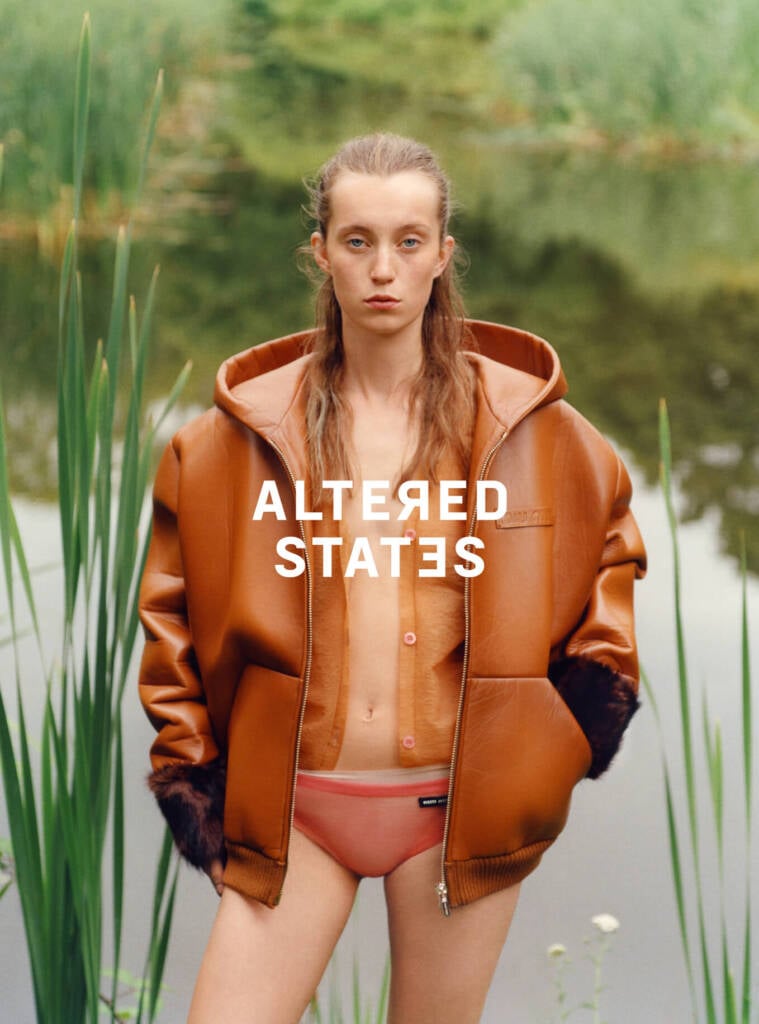
Photography: LOLA + PANI
Stylist: JACK COLLINS
Hair: MICHAEL HARDING
Make-Up Artist: CRYSTABEL RILEY
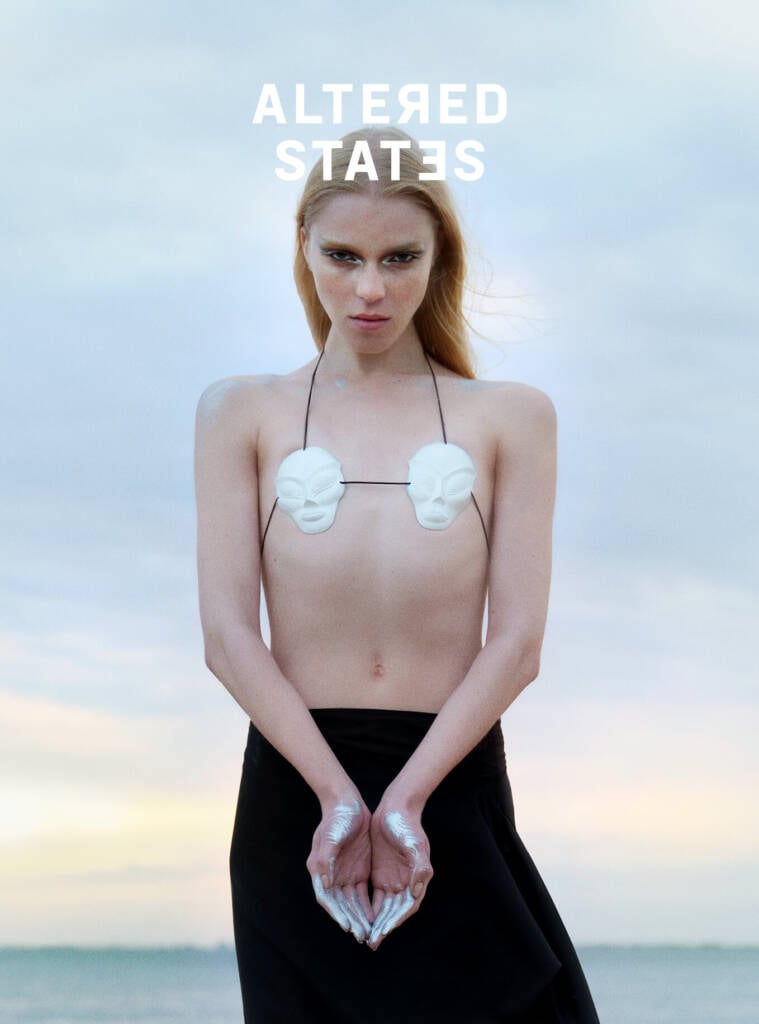
Photography: MARC HIBBERT
Stylist: HANNAH ELWELL
Hair: EVANIE FRAUSTO
Make-Up Artist: JANESSA PARE
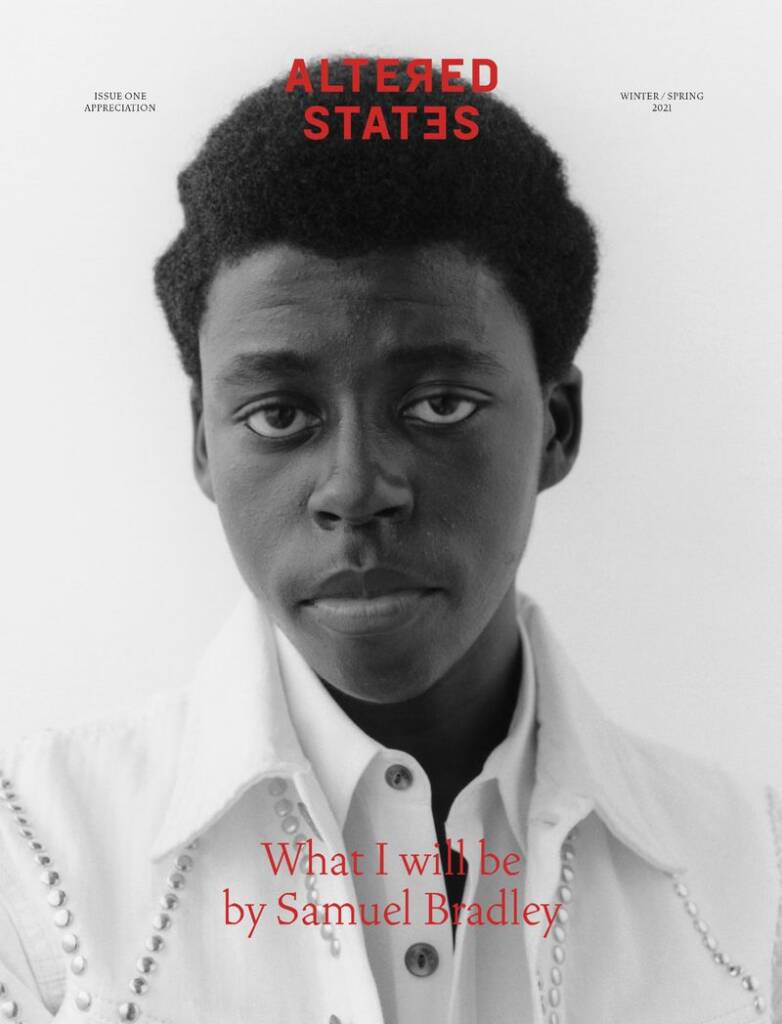
Photography: SAMUEL BRADLEY
Stylist: STUART WILLIAMSOn
Hair: MICHAEL HARDING
Make-Up Artist: KRISTINA RALPH ANDREWS
